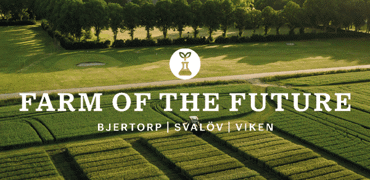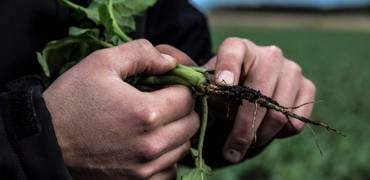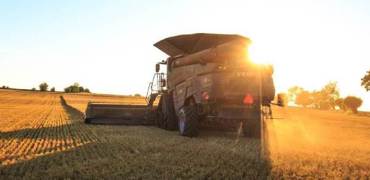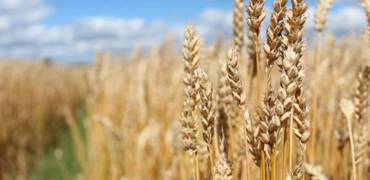Lantmännen believes in a normal-sized harvest this year
Lantmännen’s forecast for the Swedish harvest amounts to 5.3 million tonnes of grain, which means that we expect this year’s grain harvest to be slightly larger than the previous year (4.9 million tonnes), and in line with the 5-year average.
“It looks like we are moving towards a medium-sized grain harvest in Sweden this year. The harvest potential looks promising in the south and west of Sweden, but the east of Sweden and the Mälaren region have been affected by both wintering and drought,” says Mikael Jeppsson, Head of Grain Unit, Lantmännen.
The harvest lays the foundation for the Swedish food supply
The war in Ukraine – which is having a big impact on the world’s and Sweden’s food supply systems – highlights the importance of a stable food supply. The harvest is the foundation for Sweden’s food supply and it is of great importance that Swedish farmers can salvage a harvest of good quality. Even before the Russian invasion of Ukraine, prices of agricultural inputs were increasing, and prices have doubled since last year. In the uncertain world we now operate in, sustainable and long-term profitable production of Swedish grain and Swedish food is more important than ever.
“It is more important than ever to secure a thriving Swedish farming that contributes to a stable food supply. There is a big uncertainty right now, and the supply of food must be secured. With the harvest as our starting point, we at Lantmännen, together with our members, Swedish farmers, take responsibility from field to fork, and deliver sustainable world-class food,” says Per Lindahl, Lantmännen’s Chairman of the Board.
Swedish farmers spend the whole year evaluating what efforts that need to be made in their fields and at what time. It is therefore of particular importance that the infrastructure and logistics around the harvest are planned to meet the needs and manage the volumes in the best possible way.
“In recent years, the pressure on Lantmännen’s reception sites has been high during the harvest and we have a large capacity for receiving, drying and storing grain and other crops, which ensures a safe reception of the harvest from Swedish farmers,” says Mikael Jeppsson.
The journey towards harvest:
During autumn 2021, a large autumn sowing was established, something that generally leads to a big harvest, given favorable weather conditions, since autumn sown crops are more robust and often more high-yielding that spring sown crops. This year’s autumn crops were faced with several challenges in different parts of the country; from crops occasionally being under water after persistent rainy weather to game damage by elk, deer and wild boar. In the east and central parts of Sweden, it was occasionally very cold with water on the fields, which resulted in the crop being frozen.
Spring sowing started slightly later than usual this year due to the late spring in large parts of the country. At the beginning of spring it looked dry but by the end of the season there was plenty of rain, which resulted in good growth. The continued chilly and wet weather in May favored spring sown crops which developed slowly but well in large parts of the country. In June, temperatures rose slightly, which was positive for most crops at this stage.
Summarized across the whole country, both autumn crops and spring sown crops seem to have the potential to provide a good yield, while the lack of precipitation in the eastern parts of the country during the spring and early summer and a harsh spring winter in the Mälaren region limits the harvest potential. Large parts of the country could currently benefit from more rain and sun, and moderate summer temperatures that provide the crops with an opportunity to mature at a normal rate; the final month before harvest is crucial.
Farmers all over the country are now focused on a period of intense work with this year’s important harvest – and in the southern parts of Sweden, the harvesting is already under way. The harvest takes place between July and October, after which the harvest results are compiled.
Read more about the 2022 harvest here.
Images are available at https://www.lantmannen.com/newsroom/press-images.
For more information, please contact:
Mikael Jeppsson, Head of Grain Unit, Lantmännen
Phone: +46 703 19 53 60
E-mail: mikael.jeppsson@lantmannen.com
Lantmännen’s Press Office
Phone: +46 10 556 88 00
E-mail: press@lantmannen.com























